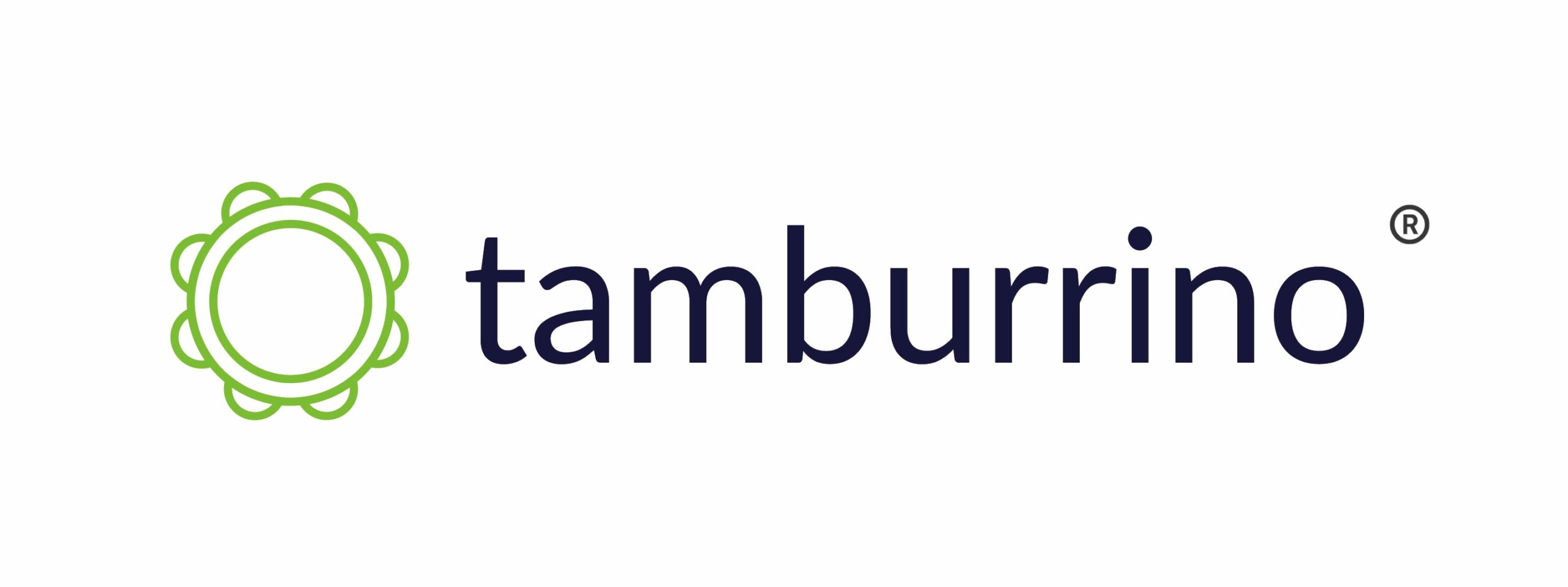January 31, 2018 – The Daily News by Patrick Tamburrino
Cloud-based email and collaboration systems are gaining popularity because they offer so many benefits to businesses of any size, but they also can present new challenges.
One of the challenges is that shared cloud environments are targets for hackers. Thankfully there is an easy way you can protect your shared space login with a method known as two-factor authentication, also known as two-step authentication.
Passwords Don’t Prevent Hackers.
Believe it or not, it’s easy for hackers to attack a shared system such as Google or Microsoft’s Office 365 and guess your password – even with extra exclamation points and a mix of capital letters and numbers.
Two-factor authentication prevents that by requiring you to enter your username and password as you normally would, and then sending a code to another device that you physically possess, such as your cellphone. You must enter that code before you are given access into your computer, email or server.
Just that one extra step makes it nearly impossible for the hacker to gain access to your information.
Raise Your Hand for 2-Step.
Now that you know the importance of two-step authentication, how do you implement it? The first step to any new upgrade for your system should be to consult your current provider to see what is available and how much it will cost.
Most cloud-based system providers will have a two-factor authentication system built in that can be “turned on” for your business. You’ll want to access that system and find out if it is adequate for your budget and security needs.
Once you have determined that your solutions provider has a good system and you’re ready to give the green light, here are a few things to consider for implementation.
- Communicate your two-step authentication process standards clearly and why those standards were developed and work for your business.
- Make sure that your employees understand what this system does and why you are implementing it. Most explanations revolve around protecting your company’s digital property.
- Give a thorough training for all employees and ensure they are confident with the system. It may seem like a cumbersome task or too time-consuming, but these efforts will go a long way in minimizing hacking attempts.
I recommend my clients secure any cloud-based systems such as Google’s G Suite or Microsoft’s Office 365 for email and collaboration, but it’s imperative that those are always locked down with extra protection. Be sure to also review your lesser-known internal systems to see if they offer two-step authentication. Adding that second layer of protection will give you a confidence boost in your systems as you start 2018.
